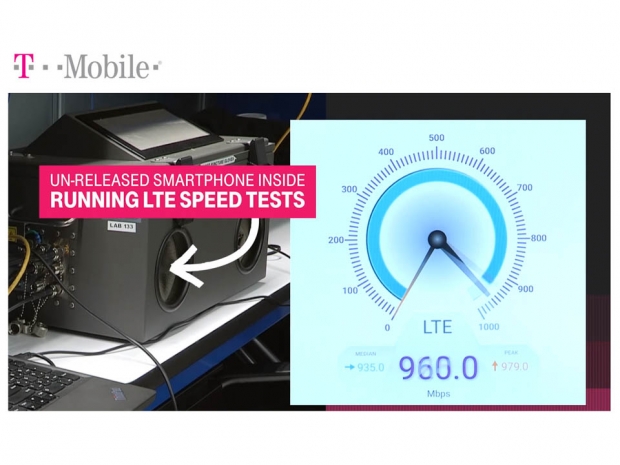On Wednesday this week, the Federal Communications Commission (FCC) authorized the first LTE-Unlicensed (LTE-U) equipment and devices from Ericsson and Nokia that will be used by T-Mobile to achieve its goal of using unlicensed 5GHz spectrum without interfering with existing 5GHz Wi-Fi networks. The fourth largest wireless carrier in the US has been in talks about LTE over 5GHz since late 2014, when it acknowledged that customers were having trouble connecting over long distances and indoors because its network uses less low-band spectrum than AT&T and Verizon.
Before the FCC’s 600MHz auction drew to a close this week after a lengthy five-month bidding process, T-Mobile had previously discussed enabling Licensed Assisted Access (LAA) extensively to use nearly 500MHz of underutilized spectrum in the 5GHz range – not only for data transmissions, but also for VoLTE (Voice over LTE) communications that would coexist with 5GHz Wi-Fi networks.
In practice, cellular carriers generally hold exclusive licenses to spectra, while civilians and nearly anyone else can operate in unlicensed frequencies so long as they use certified radio devices that fall within certain power limits and specifications. While T-Mobile has not dsif much about its LTE-U rollout plans other than a spring target release, it did say that it has been field testing the kit since December and looks forward to deploying it as soon as it can without affecting other users on the same band.
LTE-U’s initial concerns are tested, but receives authorization
The road to bringing LTE into the range of unlicensed Wi-Fi spectrum was originally met with opposition from big cable companies and the Wi-Fi Alliance. The latter originally sent a letter to the FCC asking it to delay the authorization of any LTE-U equipment until it was able to conduct independent tests on vendor devices using new interference guidelines. Microsoft had also weighed in that LTE-U would “degrade the performance of services delivered over Wi-Fi and other technologies that rely exclusively on unlicensed spectrum”. The National Cable and Telecommunications Association (NCTA) had also written concerns about the technology and its related counterpart, Licensed Assisted Access (LAA).
Ultimately, industry groups were able to work together and develop a “Coexistence Test Plan” to prevent interference, and the Wi-Fi alliance agreed that the results were satisfactory and would serve as a valuable tool on how to improve LTE-U deployments among existing Wi-Fi networks.
As for the approval process of the technology, FCC chairman Ajit Pai said: “Voluntary industry testing has demonstrated that both these devices and Wi-Fi operations can co-exist in the 5GHz band. This heralds a technical breakthrough in the many shared uses of this spectrum.”
Constantly adapts to the least utilized channels
“LTE-U constantly seeks the least utilized channels to maximize efficiency and performance for everyone. As demand on the Wi-Fi network increases, LTE-U backs off, and as Wi-Fi demand wanes, customers can tap into that unused capacity for LTE.”
While the technology will prove advantageous to consumers in being capable of delivering gigabit LTE speeds to millions of devices, observers have raised questions about price inflections and the possibility of paying more for access to unlicensed spectrum. While research models have probably been developed to gage consumer response to such a network feature tradeoff, there remains hope that wireless carriers like T-Mobile and Verizon will work to the benefit of consumers by reducing the national spectrum crunch by sharing the road with existing Wi-Fi networks.




